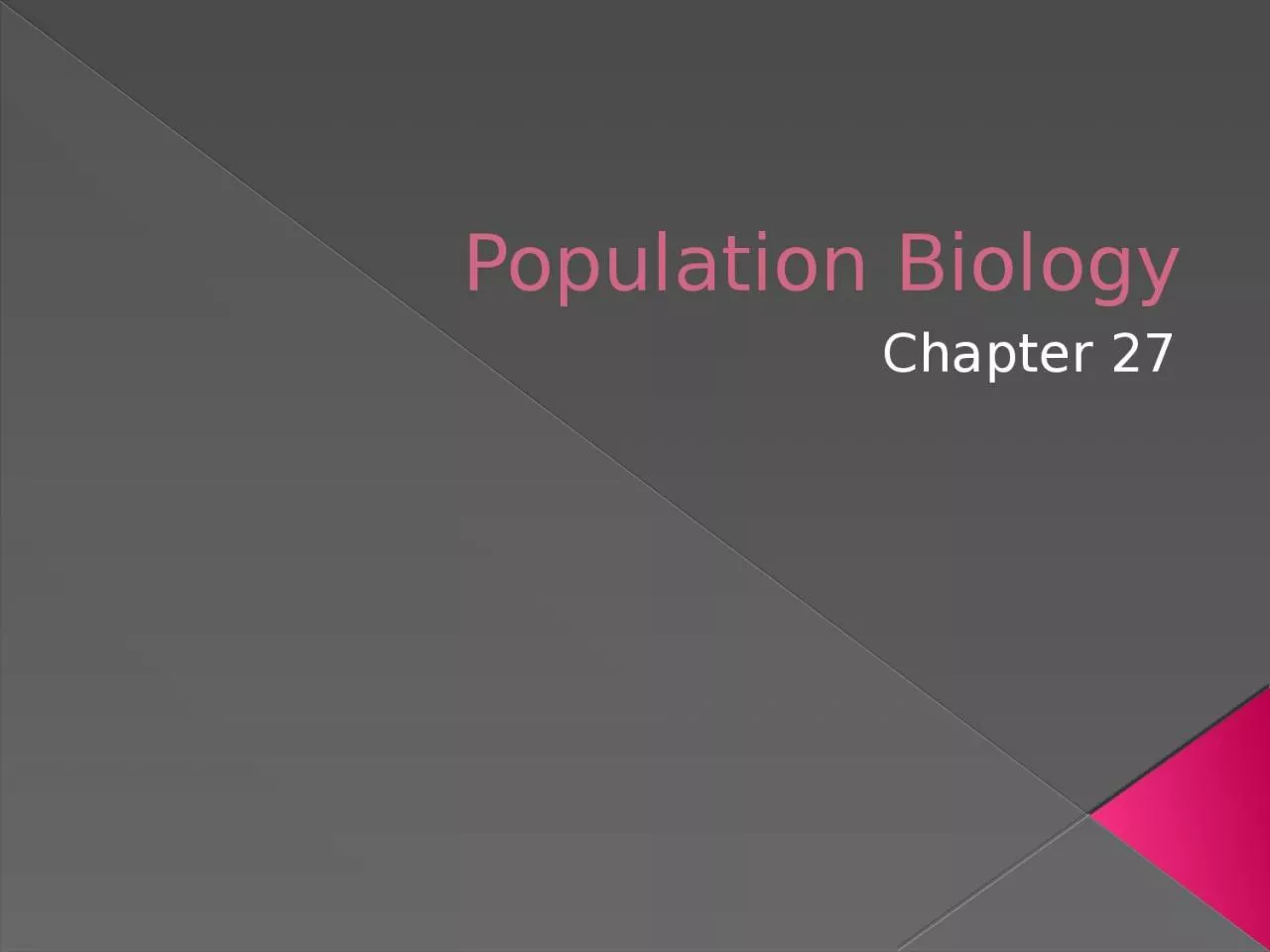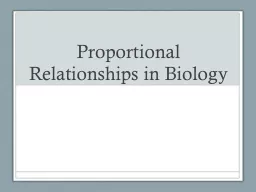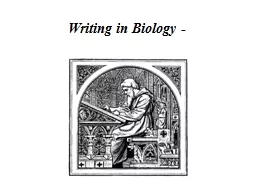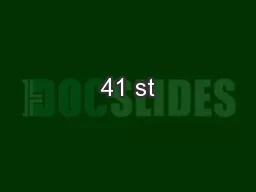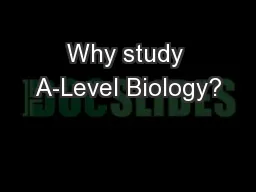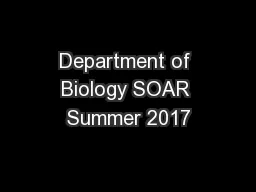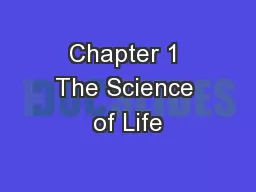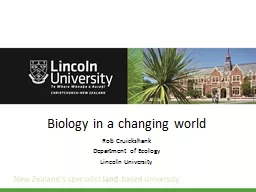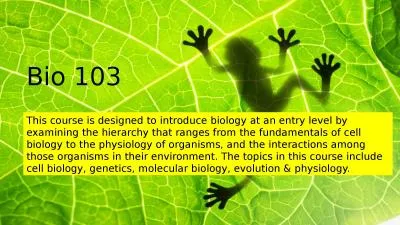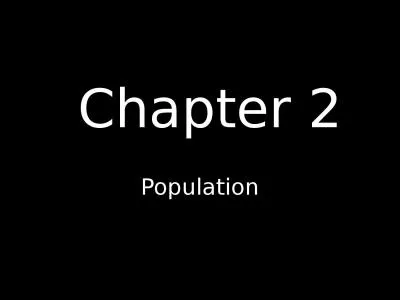PPT-Population Biology Chapter 27
Author : jovita | Published Date : 2023-10-28
Growth of Populations A population is a group of organisms belonging to the same species and living within a certain area The number of organisms within the group
Presentation Embed Code
Download Presentation
Download Presentation The PPT/PDF document "Population Biology Chapter 27" is the property of its rightful owner. Permission is granted to download and print the materials on this website for personal, non-commercial use only, and to display it on your personal computer provided you do not modify the materials and that you retain all copyright notices contained in the materials. By downloading content from our website, you accept the terms of this agreement.
Population Biology Chapter 27: Transcript
Download Rules Of Document
"Population Biology Chapter 27"The content belongs to its owner. You may download and print it for personal use, without modification, and keep all copyright notices. By downloading, you agree to these terms.
Related Documents

